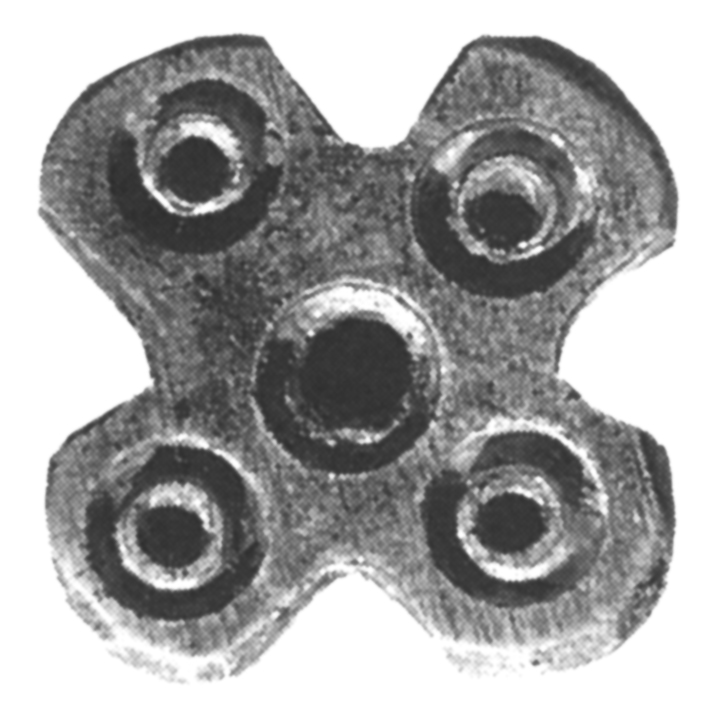Beginnings of Indian Astronomy with Reference to a Parallel Development in China
DOI:
https://doi.org/10.18732/H2VC7SAbstract
Hypotheses of a Mesopotamian origin for the Vedic and Chinese star calendars are unfounded. The Yangshao culture burials discovered at Puyang in 1987 suggest that the beginnings of Chinese astronomy go back to the late fourth millennium BCE. The instructive similarities between the Chinese and Indian luni-solar calendrical astronomy and cosmology therefore with great likelihood result from convergent parallel development and not from diffusion.
Downloads

Downloads
Published
How to Cite
Issue
Section
License
Copyright (c) 2013 Asko Parpola

This work is licensed under a Creative Commons Attribution-ShareAlike 4.0 International License.
Authors who publish with this journal agree to the following terms:Authors retain copyright and grant the journal right of first publication with the work simultaneously licensed under a Creative Commons Attribution-ShareAlike license that allows others to share the work with an acknowledgement of the work's authorship and initial publication in this journal.
Authors are able to enter into separate, additional contractual arrangements for the non-exclusive distribution of the journal's published version of the work (e.g., post it to an institutional repository or publish it in a book), with an acknowledgement of its initial publication in this journal.
Authors are permitted and encouraged to post their work online (e.g., in institutional repositories or on their website) prior to and during the submission process, as it can lead to productive exchanges, as well as earlier and greater citation of published work (See The Effect of Open Access).



